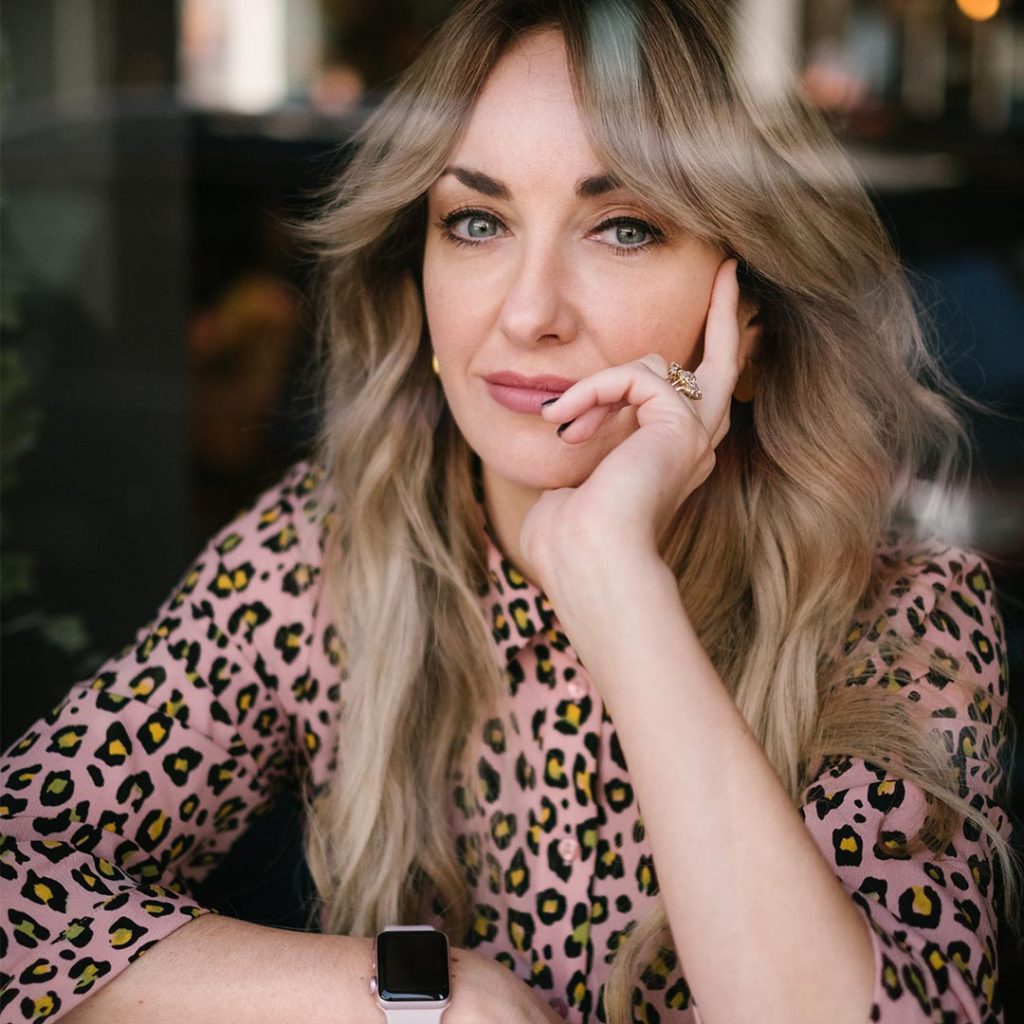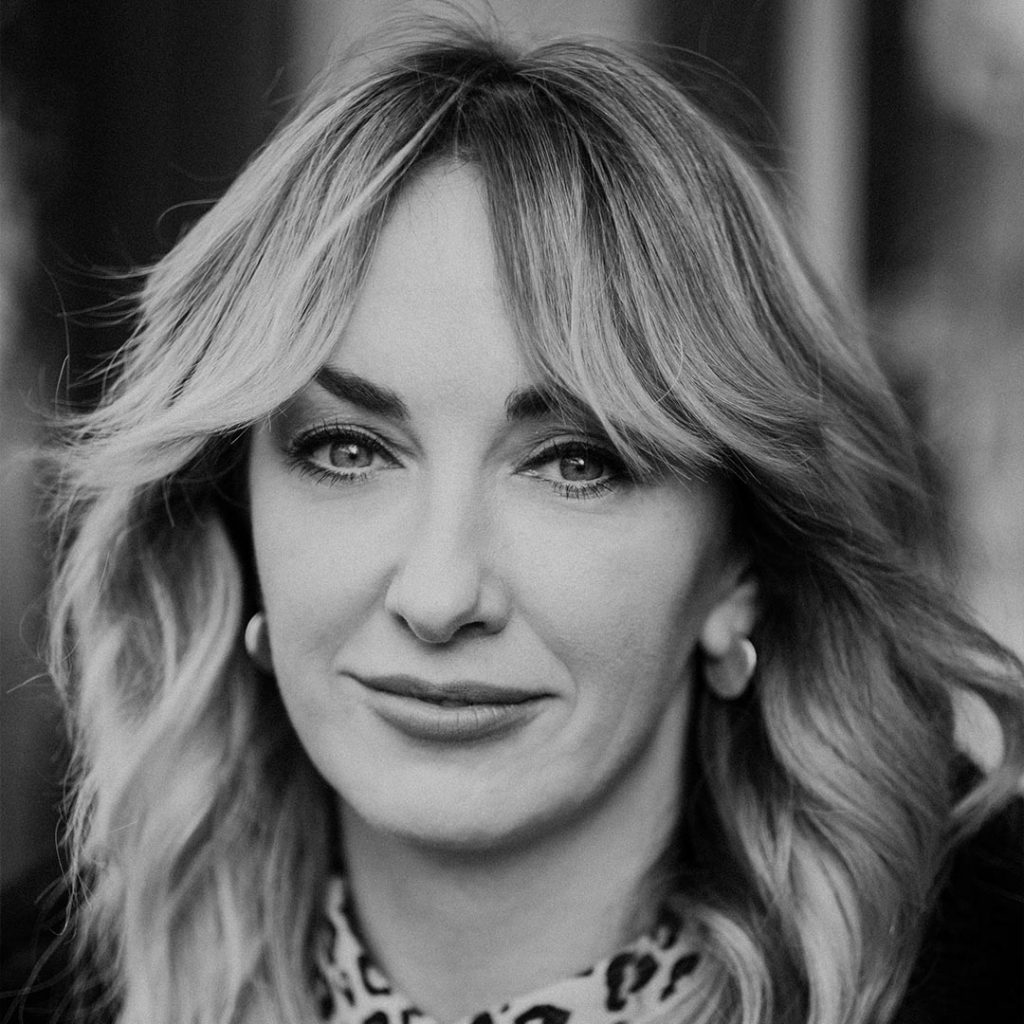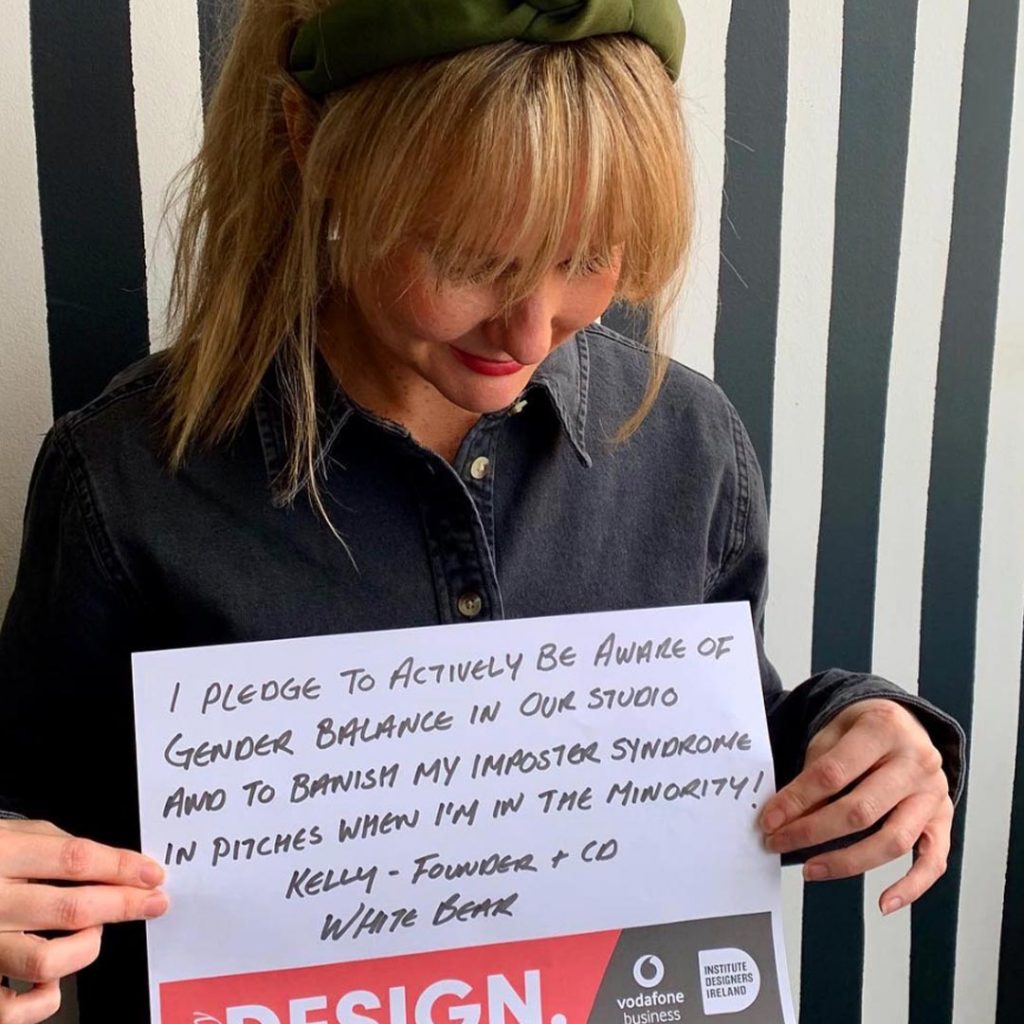We are continuing the chats on gender within the Design industry in Ireland, looking at barriers to entry, barriers to progress, and most importantly highlighting some of the women blazing a trail in their fields. If we can’t see it, we can’t be it!
In this instalment we get the lowdown from Why Design founder Kim Mackenzie-Doyle, Kelly Mackenzie from White Bear Studio.

Kim Mackenzie-Doyle.
Founder, Why Design.
Have you noticed any trends in the design space in the past year with regard to female participation?
I see a growth in confidence, more women are promoting themselves and their work unashamedly. It is brilliant to see and I will always aggressively support them doing that. It’s great to see women making an investment in themselves, and this can take form in many ways - this year I have seen women in the creative sector make the hard decision to leave their job to start a new role either because of limitations of career development or a stifling culture. Or women decide a position in a studio is not for them and start-up a new business, brilliant!
Who is your favourite Irish female designer this year?
Wow that is such a hard one, I have loved watching the many brilliant female creative founders we have in Ireland develop their businesses. My sister from another mister Kelly Mackenzie is just killing it with White Bear, I also have huge admiration for Celine Dee, co-founder of Richards Dee, Mary Doherty founder of Red Dog and Gillian Horan from The Pudding for their energy and unmatched capacity to promote the business, loving all the women on http://www.whydesign.ie each story has facets of success. Then how can you not acknowledge the epic wave of talent hot on their heels in Jill& Gill and Amy McKeogh who have entrepreneurial and creative talent in spades.
What do you think would help to get more females involved in Design?
If you can’t see it you can’t be it, an old adage and a true one. Showcasing role models and celebrating their achievements allows women of all ages to see that it is achievable. It starts in school too, if the creative courses are not available in the schools it puts you on an early track to a different career and we have heard that time and time again. There is also a lack of understanding on creative careers available, so the big influencers in choosing academic courses – parents and teachers – tend to push for a typical course leading to a typical career. So information and exposure is really critical for parents and teachers to develop an understanding and appreciation of the opportunities.
What problem does design solve?
Design can solve a myriad of problems, and to be honest if we had designers running the country we would all be in a much more effective and successful society. But for me design essentially connects, it connects tech to users, spaces to needs, smiles to experiences. There is a general misunderstanding on what design means, good design is innovation from every angle.
Why design? Why did you choose a career in design?
Well I was one of those students who was pushed into studying sciences as my parents believed it would provide a well paying career. But I was a fixer, I liked to solve issues. I was always frustrated when people pointed out problems without providing solutions. I lived with a bunch of industrial designers in college while I was studying Biology and recognised they were studying my thing. So I dropped out and started my Design journey in Industrial Design and have not looked back. I love seeing the solution to a brief in my head and knowing how to get there. I have been lucky enough to build and contribute to delivering clients dreams, it’s a privileged position. But now I am building my own dreams and in the process of starting up my new company!
What would you consider telling a young woman filling out her CAO considering studying design?
100% if they are creative and have a great work ethic then Design is for you. There are lots of opportunities in the various disciplines and Design is a passport. When you reach a certain level you can practice anywhere in the world or even work remotely. But my ultimate piece of advice is - define what success looks like for you – then go for it. Success does not have to be the CEO position, but you do need to be valued for what you contribute. So negotiate your first salary (only 7% of women do) and make sure and back yourself throughout your career.
The design industry in Ireland is made up of less than 25% females, does this surprise you?
Yes and no, in the more technical disciplines for example Industrial design there are only 5% of women, in architecture there is 17% to 18% depending on what report you read. Of course there are the creative disciplines that have a female bias like fashion design. But all in all across all the disciplines its 25% to 75%. We also see a massive imbalance at a senior level, with only 11% female creative directors. This simply is not good enough, and we all have to be accountable for this.
What do you think needs to happen in order for the gender gap to close?
To create gender equity in our sector in the future and having the creative industries contribute to this change will be a complex process. Nevertheless, there are a number of short-term opportunities that could lead to impacting the stats. Raising awareness among the stakeholders in the industry, increasing the capacity of creative professionals to deal with gender related issues, introducing systematic change in the way creative companies hire and promote internally. It is a fast-growing sector so demand is high for great creatives, teams hire for urgent need rather than strategic planning. But it’s not the companies’ fault, women are less likely to apply for the roles if they don’t feel they are a 100% fit. So we have to back ourselves as much as the industry has to have accountability.

Kelly Mackenzie.
Founder, White Bear Studio.
What do you think would help to get more females involved in Design?
I don’t think the issue is getting them involved as much as it is keeping them involved. When I studied at Uni our class was a 50/50 split. Now there’s only a small handful of us still in design. I think there’s a number of ways we can address this – firstly, making flexible working available so work/family balance is manageable. Secondly, making sure as leaders that all voices are heard. It can be a stereotype but in my experience women tend to speak up less when it comes to a promotion or pay rise. We need to acknowledge this and make sure it isn’t whoever shouts the loudest is heard.
What problem does design solve?
All of them. Design is a core skill that should be involved in all of our problem solving and decision making, design is not just about looking beautiful (which it should) it is about making a tangible and functional difference to any problem at hand.
Why design? Why did you choose a career in design?
Because like most kids of the MTV generation I wanted to design music videos and posters. I also loved to draw, especially typography.
What would you consider telling a young woman filling out her CAO considering studying design?
Be prepared to work bloody hard as it’s a very competitive environment and you won’t get away with sleeping out lectures like you might in an arts degree, well not in IADT anyway! Also tell your parents it is a real job, it can pay well and it’s so much more than colouring in.
How important do you think gender balance in the creative sector is?
It’s essential. We’re designing for a diverse nation and so insight into how all genders think is essential to create balanced design. An equal mix is essential to challenge assumptions.
What do you think needs to happen in order for the gender gap to close?
One thing is for maternity and paternity leave to be mandatory and equal for both men and women and for flexible working to be a norm not an exception to the rule.









